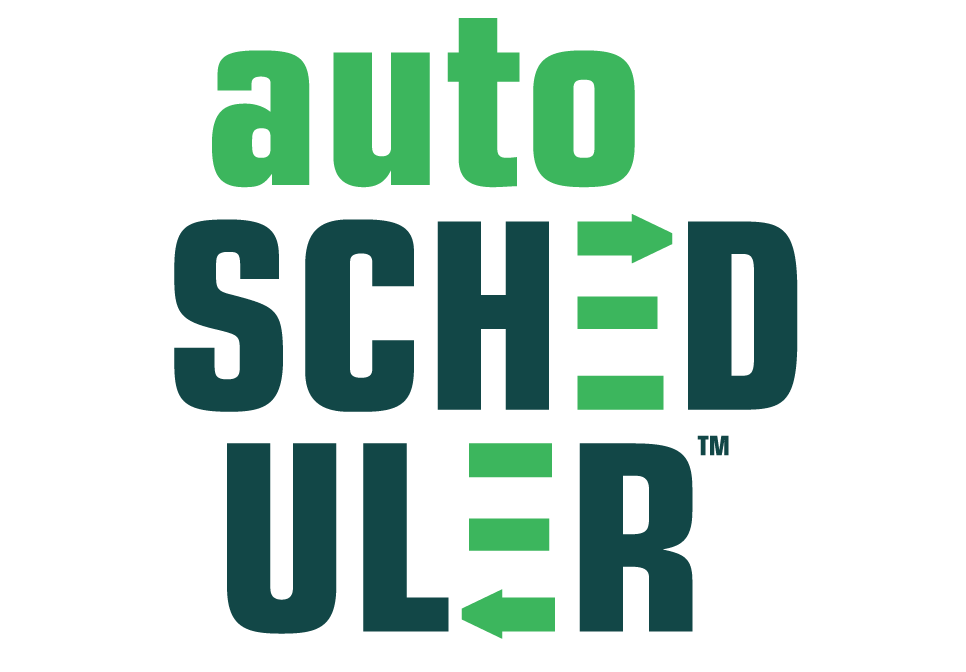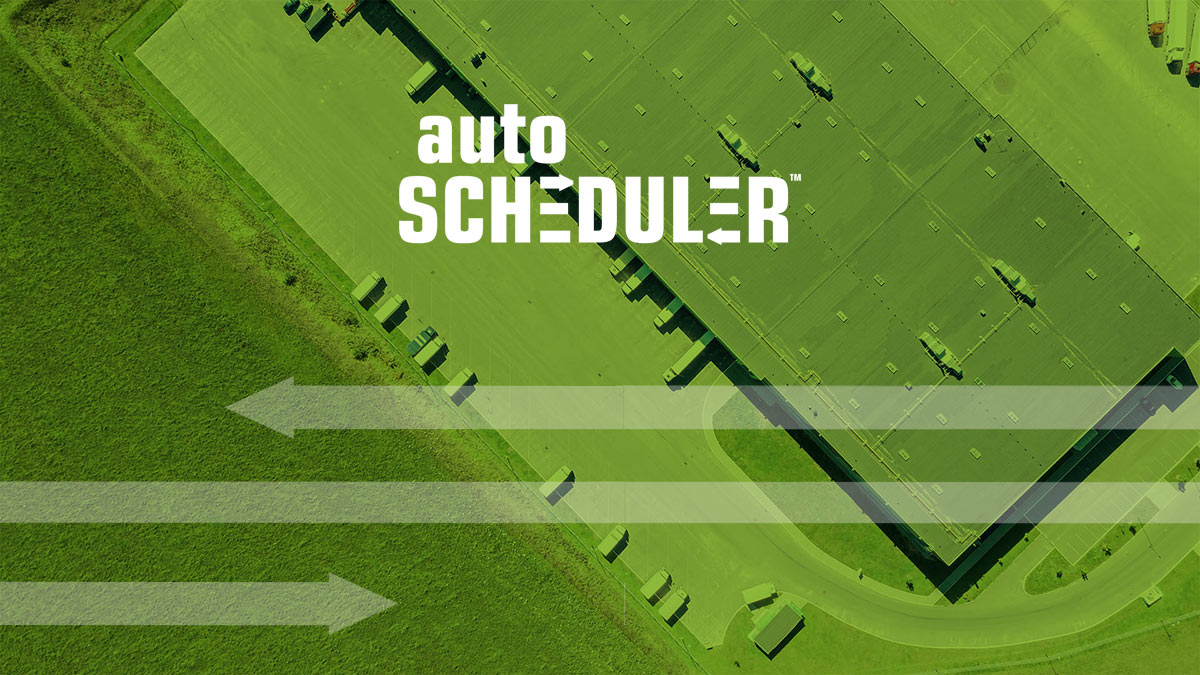How AutoScheduler.ai Differs From WMS and WES Solutions
Here at AutoScheduler, we're redefining how you should think about the software systems that drive warehouse logistics. Because of that, we get a lot of questions about the type of software we provide. In this post, we'd like to set the record straight on how we fit into the current software landscape.
What is a “WMS”
A Warehouse management system, also known as a WMS, is a software application used to help control and manage the day-to-day operations in a warehouse. WMSs are used to manage inventory, receiving, put away, piece picking, shipment orders, and replenishment. Using a warehouse management system to have all activity controlled in one place helps to combat against disruptions in everyday operational processes as well as increase your “OTIF” score (On-time In-full).
Although a WMS system helps to overcome the most common warehouse problems, there’s still a lack of visibility into operations and a challenge to orchestrate all tasks synchronously. A Warehouse Management System has almost become a necessity in this day and age to unify data, although it no longer adds innovative technology that offers a lot of optimization.
What is a “WES”
Warehouse Execution Systems are computerized systems used in a warehouse and distribution centers to manage and orchestrate the physical flow of products. A WES has some of the functions of a WMS plus a focus on electronic systems integration (scanners, RFID, robotics) and the execution of individual tasks. The functions of a typical WES include: small-parcel manifesting, non-automated pick management, pack sort management, ship sort management, and basic receiving. Because a WES is focused on the execution of individual tasks and optimization of each task, they often do not consider comprehensive site planning and the orchestration required across all tasks across multiple shifts. Also, unlike a WMS, WESs are not inherently focused on inventory control.
What is AutoScheduler and how does it differ from a WMS or WES?
AutoScheduler is a WMS accelerator. Being the first and only in the space, we are sometimes confused with a WMS or WES, but in fact, offer a solution designed to sit on top of WMS and ERP systems to drive site efficiency. The AutoScheduler solution exists to bridge the gap in existing WMSs with a bolt-on, lightweight software that brings a site’s operational efficiency into the modern era. AutoScheduler.ai builds inventory and capacity-constrained schedules that help solve problems such as: poor OTIF, dock schedule conflicts, inventory shortages, inefficient workforce allocation, and the struggle to meet carrier appointment times. AutoScheduler leverages operational twin technology to understand the bottlenecks in the next 24-28 hours of operation at a distribution center, and then uses advanced prescriptive analytics to orchestrate schedules in a capacity-constrained way to increase site capacity and drive efficient operations. Unlike a WMS, it only takes weeks to deploy. Unlike a WES, it focuses on increasing total site capacity while respecting all of the operational constraints that exist at the warehouse planning level. Best of all, it’s not rip and replace, and can work with nearly any software ecosystem in place today.

